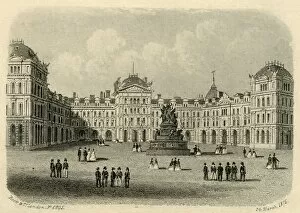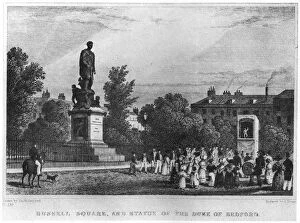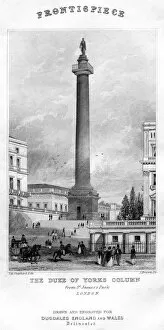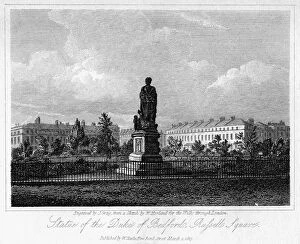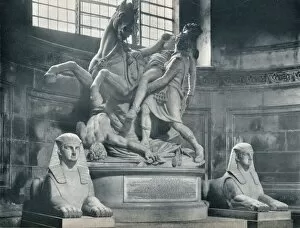Sir Richard Westmacott Collection
Sir Richard Westmacott was a renowned British sculptor who left an indelible mark on the architectural landscape of 19th century London
All Professionally Made to Order for Quick Shipping
Sir Richard Westmacott was a renowned British sculptor who left an indelible mark on the architectural landscape of 19th century London. His masterpieces can be found in prominent locations such as Buckingham Palace, Liverpool's Exchange, and Hyde Park. In the opulent Yellow Drawing-Room of Buckingham Palace, Sir Richard's artistic prowess shines through with every intricate detail. The grandeur of this space is enhanced by his sculptures, which add a touch of elegance and sophistication to the room. Liverpool's Exchange stands as a testament to Sir Richard's talent for blending classical design with modern sensibilities. This iconic building showcases his ability to create harmonious structures that seamlessly blend into their surroundings. One cannot help but be captivated by the sight of Nelson's Monument towering over Liverpool's skyline. Created by Edward Francis under Sir Richard Westmacott's guidance, this masterpiece pays homage to Admiral Lord Nelson and serves as a reminder of Britain’s naval heritage. Even royalty sought solace amidst Sir Richard's creations. Queen Victoria and Prince Albert are depicted taking leisurely strolls in Hyde Park, surrounded by stunning statues including the famous Achilles statue. These works not only beautify the park but also serve as tributes to historical figures who have shaped our nation. Russell Square in Bloomsbury boasts another remarkable sculpture - that of the Duke of Bedford - created by none other than Sir Richard himself. This majestic piece adds gravitas to its surroundings while honoring one of Britain’s esteemed nobles. The Duke of Yorks Column majestically rises from St James’s Park, standing tall against Westminster’s skyline thanks to Sir Richard Westmacott’s vision and skillful craftsmanship. Sir Ralph Abercromby finds eternal remembrance through a memorial sculpted by Westmacott himself. This tribute captures Abercromby’s heroic spirit and commemorates his contributions during times when courage was paramount.



